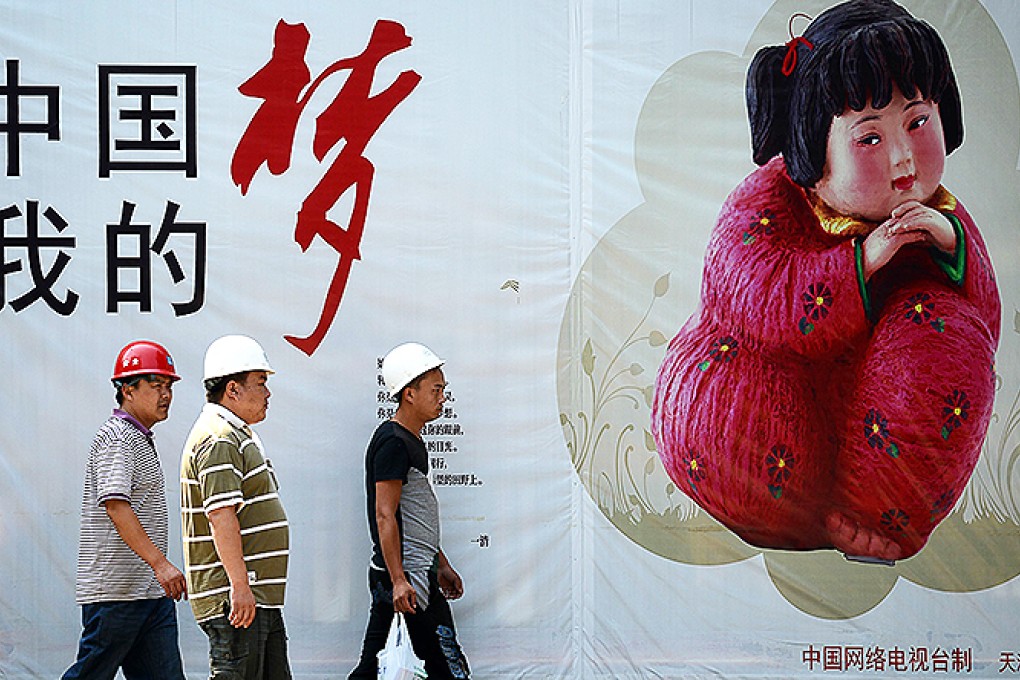The four hurdles blocking China's dream of urbanisation
William Antholis highlights infrastructure investment, land rights, migration and financing

Among the most significant developments driving China's economic growth and rising living standards is the shift from a rural, agricultural society to a modern, urban one. With almost 700 million Chinese already living in cities, the centrality of urbanisation to China's future is indisputable. But how the trend will develop remains far from certain.
The third plenum's road map for reform offers a glimpse into how leaders anticipate urban development.
So far, China has largely taken a "Field of Dreams" approach to urbanisation: "Build it, and they will come." Indeed, over the past 30 years, massive public investment and economic liberalisation have spurred rapid urban growth in coastal provinces. And now China's leaders are increasingly taking that strategy inland, making critical investments in physical and human capital.
But the effectiveness of these investments will depend on the sequence and rate of implementation, and on how skilfully they are adapted to each locality's distinct resources, needs and aspirations.
Four interrelated issues must be addressed.
For starters, Chinese infrastructure investment has led to enormous gains in construction-related industries and employment, while boosting local gross domestic product. Given that local officials' career prospects depend on maintaining high growth rates, the emphasis on infrastructure development is likely to continue, despite sustainability concerns.
But China cannot afford to ignore its deepening environmental crisis.